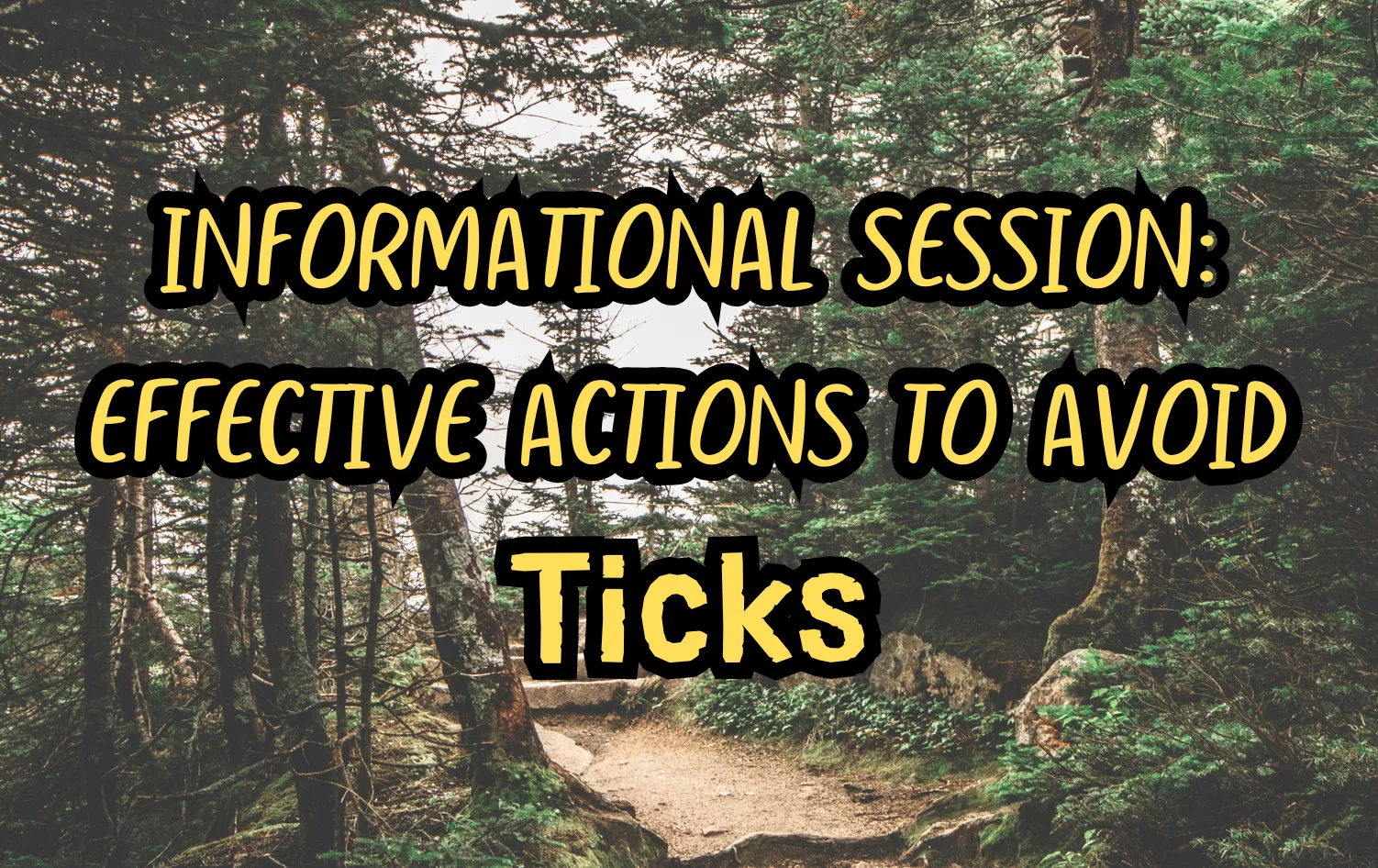What works to prevent ticks from biting and infecting people? The scientific evidence is always evolving yet comes down to some common-sense actions the include – avoid pest habitat, use repellents and check for ticks. We will also cover some of the causes of a rising tick problem, including forest fragmentation and changing climate conditions. The session content will cover the main aspects of preventing tick bites including 1) identification of high and low risk tick habitat 2) evidence-based prevention tools such as short-term repellents, long-term tick repellents on clothing, 3) and after being outdoors, using visual tick checks or tactile tick checks (i.e. stripping and bathing). And finally, we cover landscape design and techniques like creating dry zones and barriers to ticks. We’ll also review some statistics for tick-borne disease and how people behave in relation to ticks and prevention.






